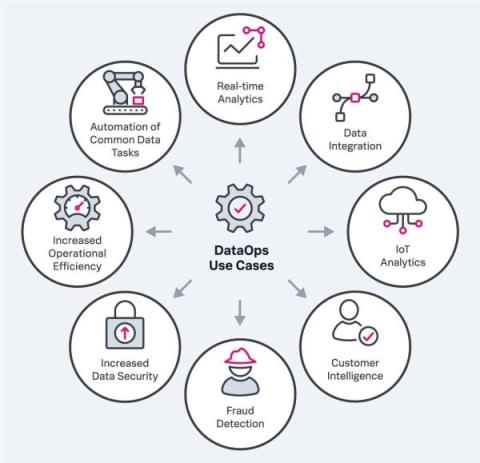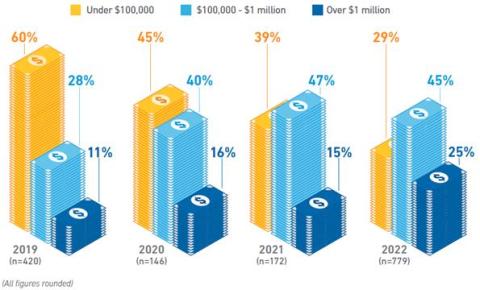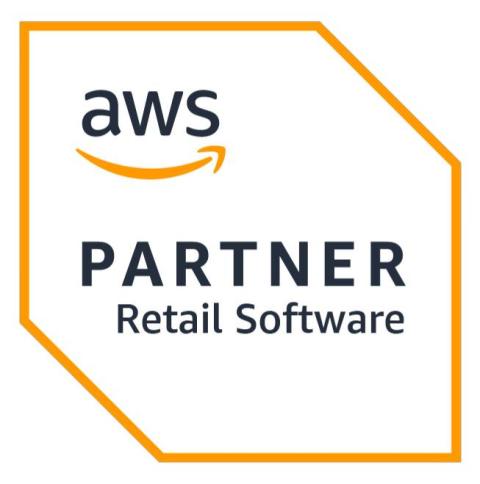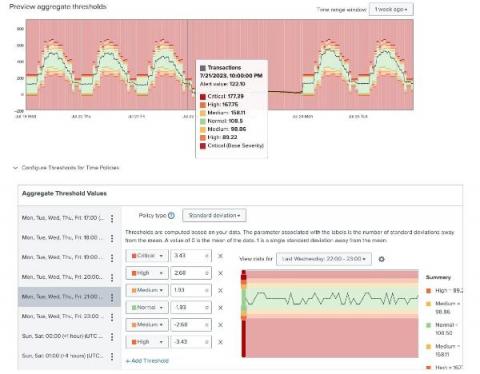APM Today: Application Performance Monitoring Explained
Application Performance Monitoring (APM) is a technology approach that provides real-time information about how your software applications are performing. With a comprehensive view into application health and availability, APM can do things like: Both the importance and the usage of APM has grown in recent years. That’s because companies rely on increasingly complex applications to run their businesses. Here is what you need to know about Application Performance Monitoring.

















